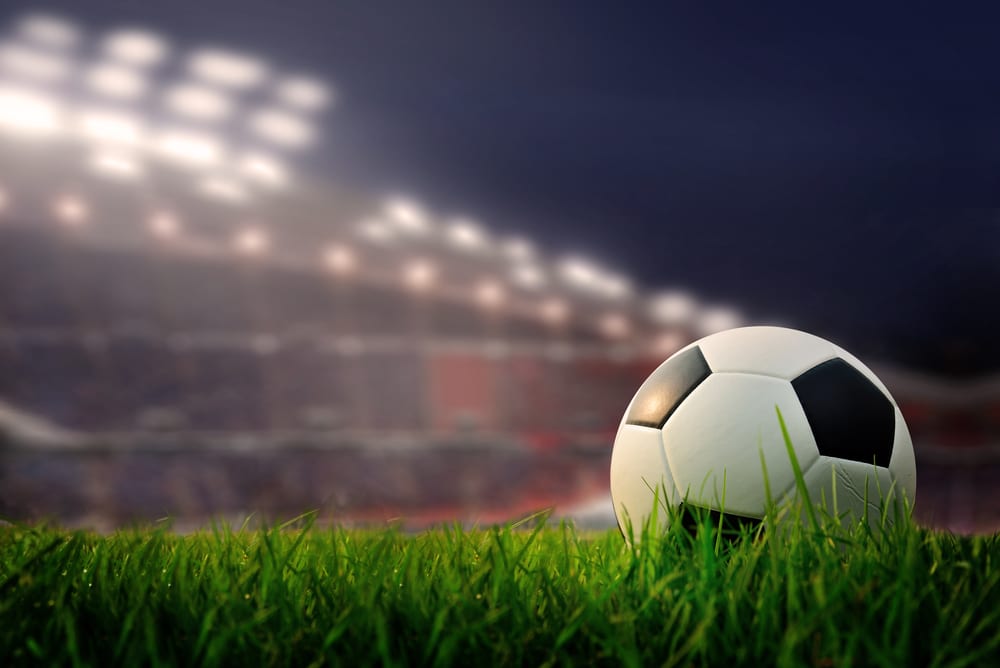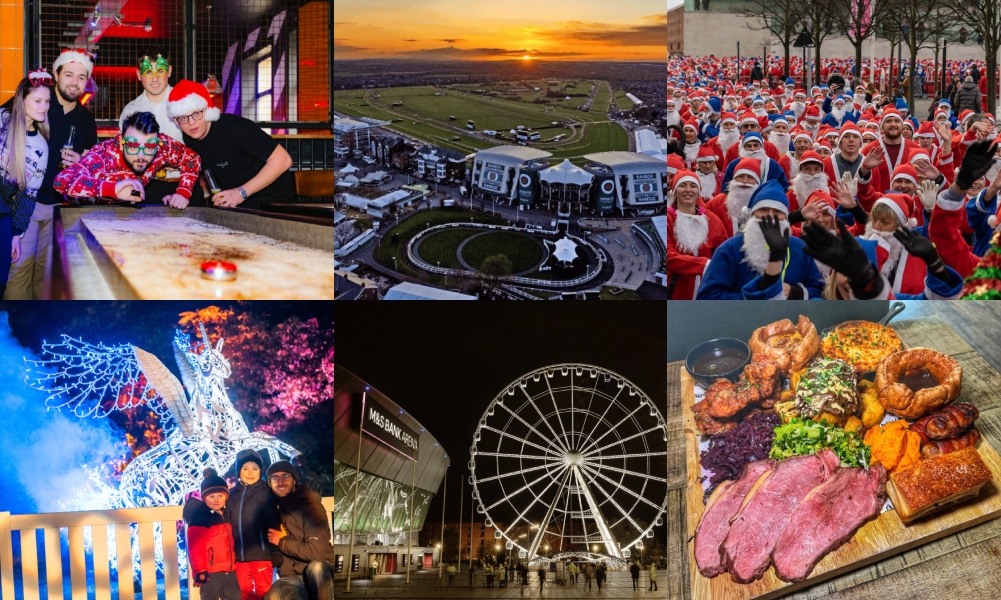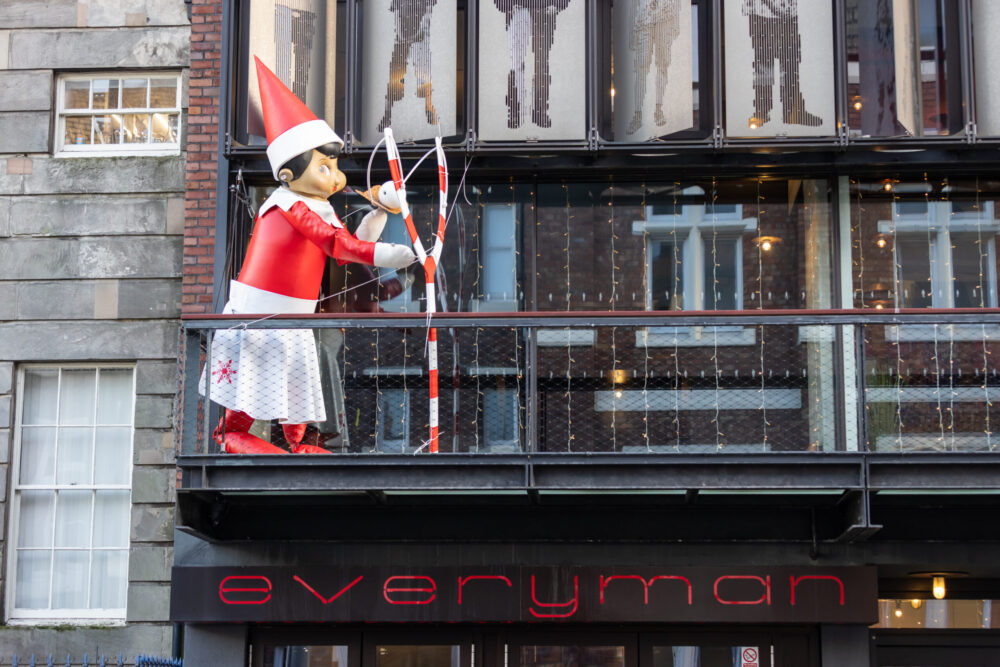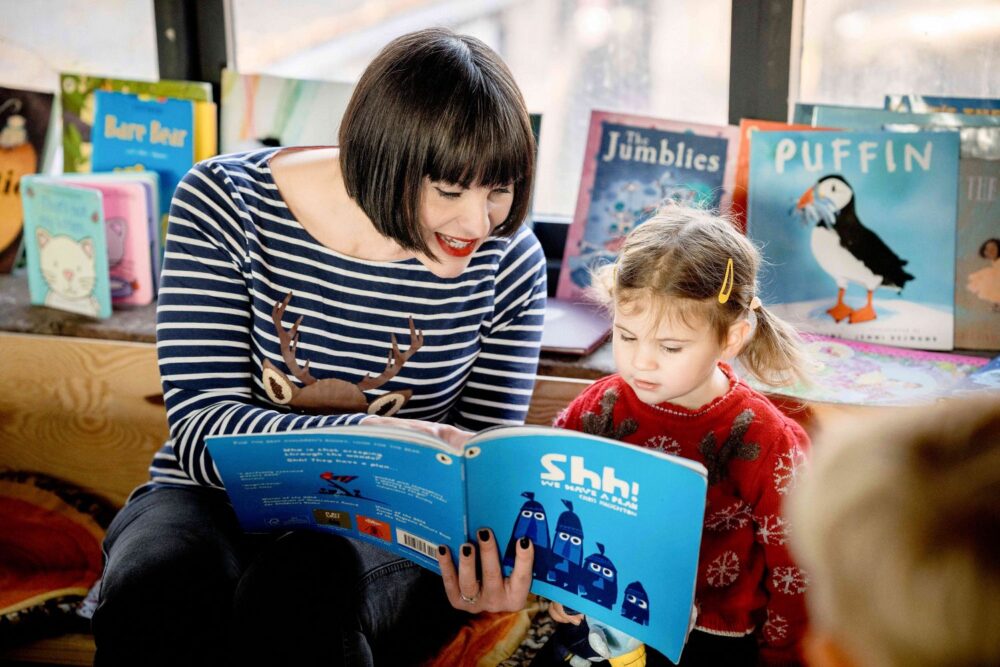
Latest
New research at Liverpool Hope University questions use of cryotherapy in football injury recovery
5 years ago

New research at Liverpool Hope University has revealed a potential pitfall when it comes to the use of cryotherapy chambers to protect top flight footballers from injury.
And the routine use of this extreme cold temperature treatment needs to be re-assessed.
That’s according to new research led by experts from Liverpool Hope University.
Academics examined so-called ‘Whole-body cryotherapy’, or ‘WBC’, where players are exposed to icy temperatures between -110 C and -195 C for up to three minutes in a special liquid nitrogen-cooled chamber.
It’s common throughout elite sport, and is said to aid recovery by stopping inflammation in its tracks, while also promoting the release of feel-good endorphins.
But Dr James Malone, Senior Lecturer in Coaching Science at Hope, has called for more research into the long-term effects of WBC.
Over the course of almost two seasons, he followed a group of 16 Premier League players.
Despite the players falling into three groups – ‘low’, ‘medium’ and ‘high’ cryo exposure – there was actually no difference in the player’s ‘recovery rates.
Dr Malone points out, the adage that ‘more is better’ may not be the case when it comes to WBC as higher doses had no additional benefit.
But what researchers did find is that one of the player groups displayed a ‘significant reduction’ in salivary immunoglobulin – aka ‘IgA’ – concentration post-match. That indicates a less than optimum immune system, and which could leave players open to infection while also having a knock-on effect on performance.
The results have been published this month in the journal Biology of Sport. Dr Malone explains: “Whole Body Cryotherapy is used to accelerate the recovery profile in players and this year it has been more important than ever before, with clubs enduring a more congested season and having had a limited pre-season.
“Clubs playing in Europe, such as Liverpool and Manchester City, often have matches twice a week, meaning recovery becomes much more important and fatigue becomes a real issue.
“And our findings suggest we actually need more research into the benefits of Whole Body Cryotherapy to aid this recovery.

Liverpool Hope campus
“When the immune system is suppressed and IgA levels reduced, you see an increased risk of respiratory illnesses like colds and flu.
“If a footballer picks up an illness, they might be unable to train or play matches for a few days, having a huge knock-on effect for the team, while there’s also the risk of fatigue.”
Whole Body Cryotherapy first came to prominence in Rugby Union before spreading to other elite sports like football. It works in the same way as an ice bath might, reducing inflammation and alleviating pain in the body.
As Dr Malone adds: “Cryotherapy works by reducing muscle damage induced soreness that we get post-exercise. This is usually in the form of inflammation within the muscle, with the extreme temperatures within cryotherapy acting as a ‘vasoconstrictor’ to limit this response.
“And Whole Body Cryotherapy is popular among players because they can enter the chamber for two to three minutes, rather than having to sit in an ice bath for 10 minutes, which can be pretty horrific if you’re not accustomed to it.”
The players being analysed were able to choose their own WBC regime, adjusting the temperature and duration to suit their preferences.
The ‘High’ group enjoyed an average temperature of -133 C and spent on average 181 seconds in the chamber, the ‘Medium’ group set the temperature at an average -121 C and spent roughly 173 seconds being frozen, and the ‘Low’ group opted for around -114 C and spend approximately 133 seconds undergoing WBC.
And, interestingly, it was the ‘Medium’ group whose immune system saw a reduction in virus-fighting immunoglobulins – a large 22 per cent reduction in the ‘Medium’ group compared with the ‘Low’ group.
(* IgA levels High – 306 micrograms per milliliter, Medium- 255 micrograms per milliliter, Low – 328 micrograms per milliliter).
In the journal, Dr Malone writes: “A reduction in salivary IgA is seen as potentially detrimental to performance due to suppression of the immune system. This may lead to potential time-loss illnesses which can have a significant impact on squad availability, particularly during congested fixture periods such as the winter period in the English Premier League.”
So, why did the researchers see this effect in the ‘Medium’ group, in a ‘reverse Goldilocks’ scenario?
Dr Malone admits the team were intrigued, and notes: “What we found was a U-shaped curve, where the middle group has a suppressed immune response yet both the low and high groups were actually fine.
“We were surprised by our findings, which suggest there’s an optimal level of whole body cryotherapy in terms of recovery and our results should prompt further research.
“You’d expect the middle level to be the most optimal – not too much or too little cryotherapy. But we actually found the opposite. And because it was such a long term study, backed with lots of data, we’re confident that it’s not some sort of statistical anomaly.
“At present we have no satisfactory explanation, namely as the majority of previous research has only looked at short term use of just a few days or a couple of weeks.”
While it wasn’t part of the present study, Dr Malone also questions whether Whole Body Cryotherapy is any better than the use of traditional ice baths.
Describing how the self-reported player wellness scores were almost identical between the three groups, he adds: “The wellness scores, a subjective measure, can be sensitive to fatigue in footballers. But what’s interesting is that we actually didn’t find any difference in wellness scores between the three groups.
“Again, you’d expect the higher exposure group to have better scores. But what we found was that, regardless of dose, they pretty much all felt the same after a game. And this poses some important questions.
“When elite sport is constantly looking for that competitive edge, it can often be a case of ‘adopt first, research later’, and we need the data to back up the use of Whole Body Cryotherapy, as with all recovery methods we use.
“There’s also the question of cost. Whole Body Cryotherapy is not a cheap thing, costing around £80,000 plus to install, and maintenance is expensive, too.
“If you base your weekly recovery methods on the research, and not on player preference, it could be argued that cold water immersion – such as ice baths – is just as effective, overall, as it’s giving you the same sort of effect for a much reduced cost.”









 Subscribe
Subscribe Follow Us
Follow Us Follow Us
Follow Us Follow Us
Follow Us Follow Us
Follow Us Follow Us
Follow Us











